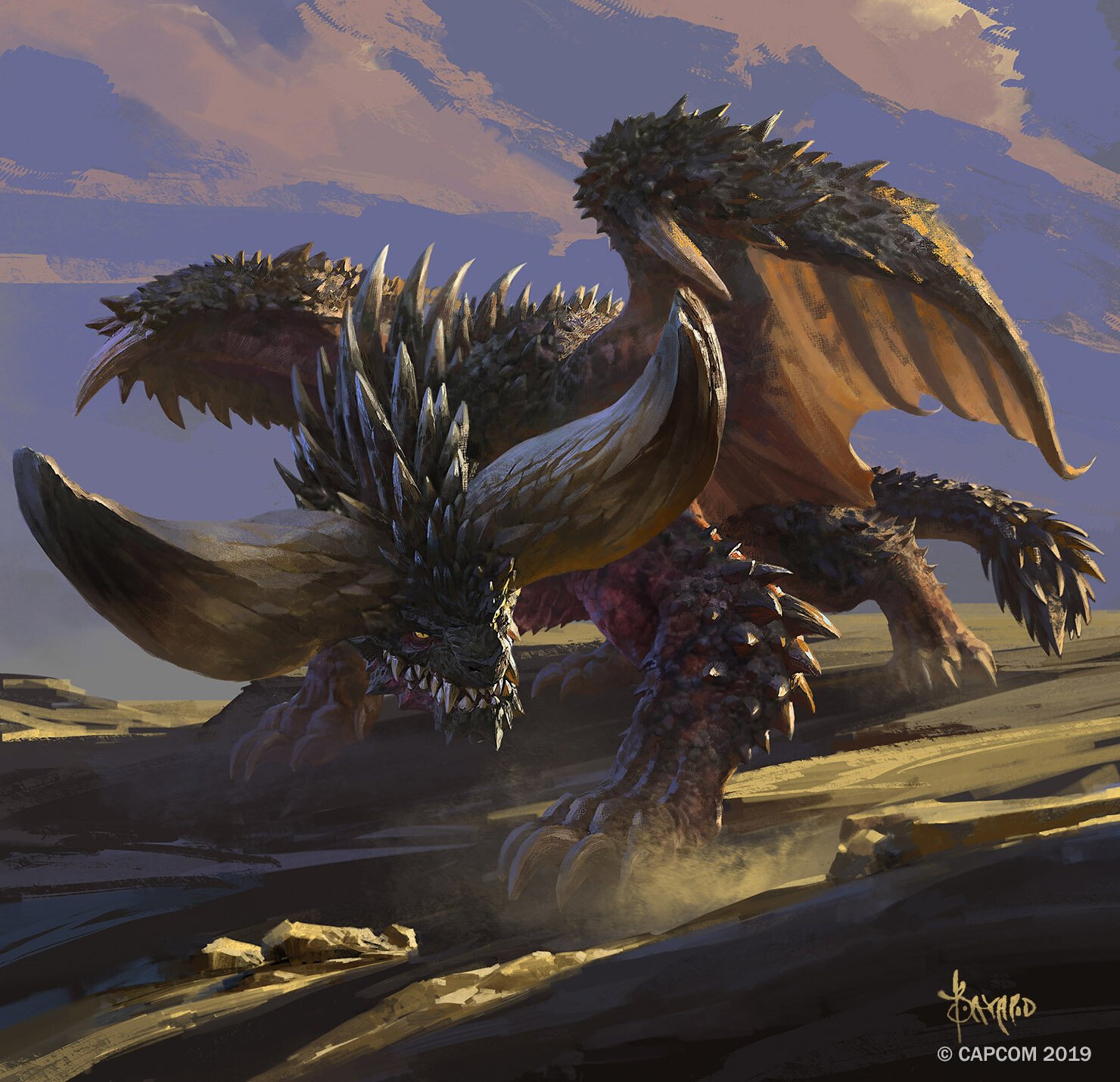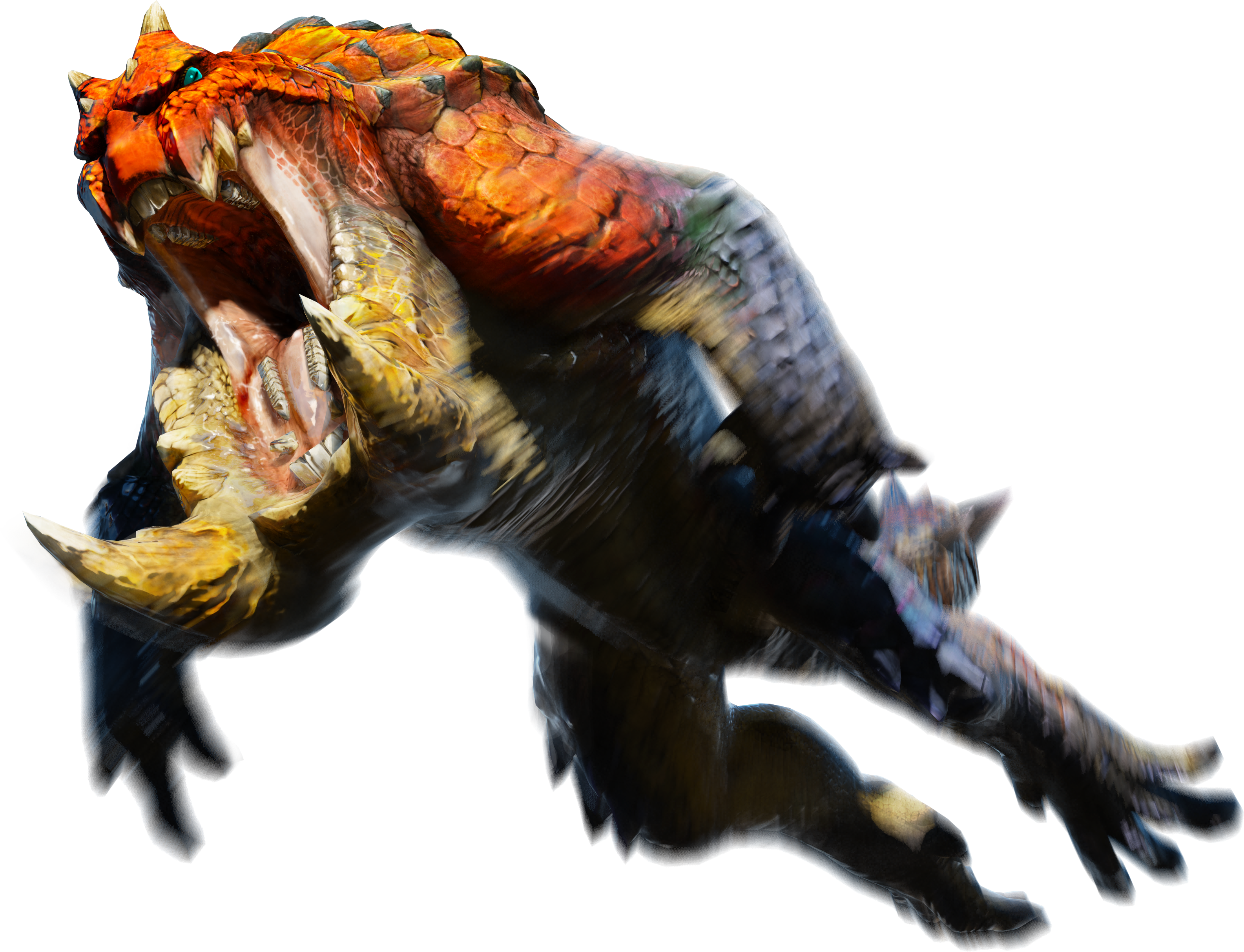


In order to harness the beasts' power, the villages began sealing them into humans, creating their own jinchūriki. The beasts resented this treatment and came to hate humans, at times willingly becoming the monsters they were viewed as. Because of their immense power, the tailed beasts were sought out by humans to be used as weapons in times of war. Over the centuries, humanity failed to recognise the tailed beasts as sentient individuals, instead seeing them only as demons, malignant spirits or mindless beasts worthy of fear and disdain. This method would be realised in Hashirama's successor as Asura's reincarnation, Naruto Uzumaki. However, Hashirama's usage of the tailed beasts were forceful rather than earning their wilful cooperation. The first person to come close to their original usage was Hashirama Senju, who had captured several of the tailed beasts with his Wood Release, distributed the beasts amongst the new villages in order to stabilise the balance of power between them. The tailed beasts were originally created not only to prevent the Ten-Tails' resurrection, but also to maintain and balance peace. In the anime, it was shown that before his death, the Sage and his followers built temples in nine different regions of the world where the tailed beasts could live and be protected. He also foretold of a day when they would be brought together again - though not as they were - and that at that time someone would emerge to show them what true power is. The Sage named the nine and explained to them that a link existed between them despite their separation.

Some time later, the Sage was inspired by his youngest son, Asura, to use his Creation of All Things ability to divide the Ten-Tails' chakra into nine living entities, what would become the tailed beasts. Long before the founding of the hidden villages, the Sage of Six Paths saved the world by sealing the Ten-Tails into his body, becoming its jinchūriki. The young tailed beasts with the Sage of Six Paths.


 0 kommentar(er)
0 kommentar(er)
